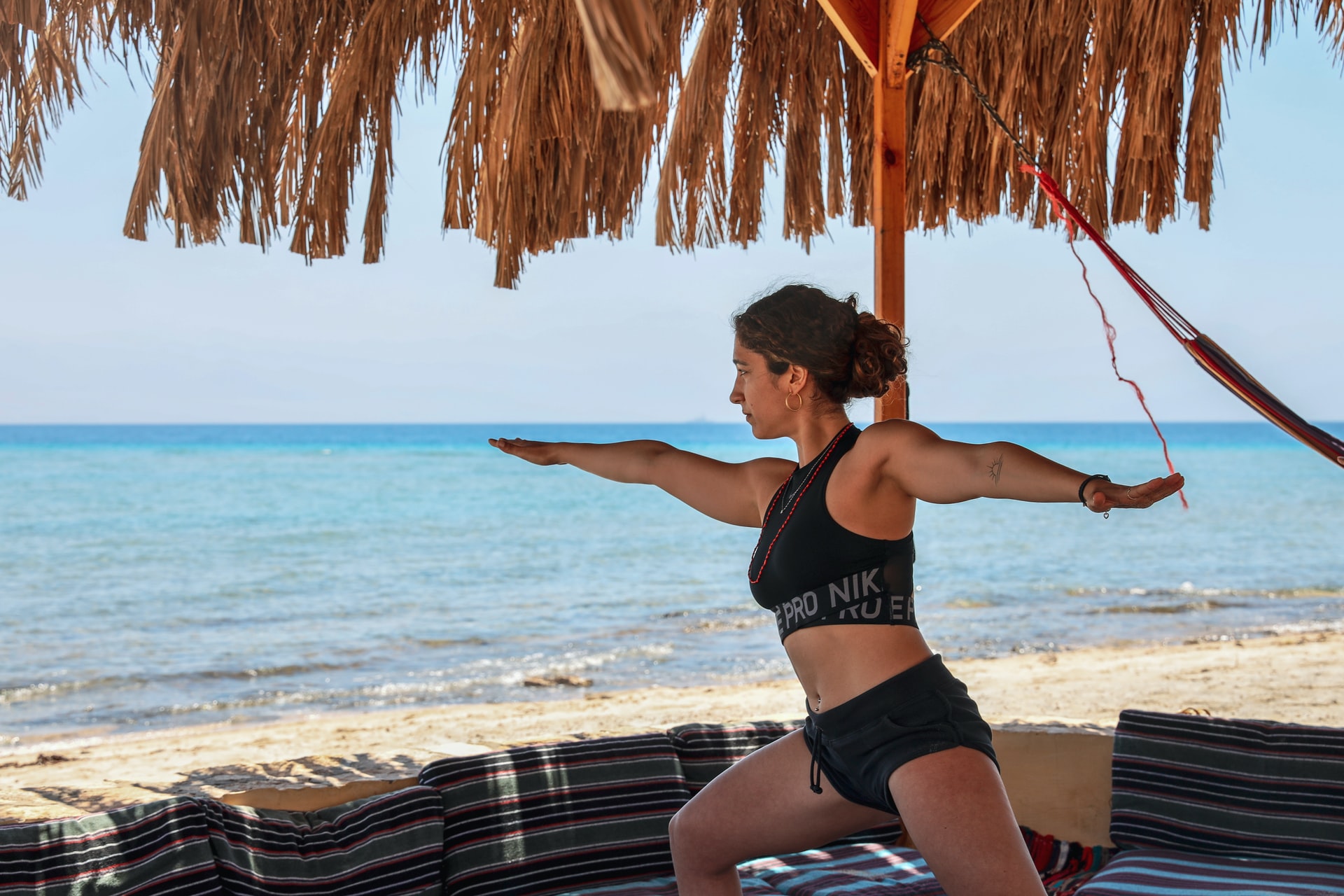How to exercise safely in a tropical environment

A healthy exercise routine benefits us on many levels. It keeps us fit, focused, and energized, impacting our mind and body equally. Still, with a change of climate, we might experience difficulties that affect our usual abilities and performance. That’s completely normal since we are creatures of habits. Adaptation to the environment is necessary for restoring our full potential. To ensure you’re on the right path in your acclimation process, take a look at how to exercise safely in a tropical environment.
Hydrate as much as you can
Hydration should be an essential part of your daily routine, even when not exercising. It helps with dozens of discomfort symptoms we often face and improves many processes in the body. Fast living can cause fatigue, anxiety, migraines, and skin issues we often attribute to stress, but more likely, we are dealing with mild dehydration. Needless to say that in such cases introducing an exercise routine will turn your life around. Healthy habits kickstart many positive changes, genuinely improving your well-being. Such activities demand a higher liquid intake before, during, and after the workout. However, hydrating with just any liquid won’t do the job. You need to avoid sugary juices and focus only on healthy beverages like water and freshly squeezed fruits.
Start with an early morning exercise routine
The best time to work out is anytime you can squeeze it into your schedule. Still, exercising in the morning has special perks. When you wake up, you have no distractions, no phone calls or emails, since the working hours haven’t started yet! It’s a perfect opportunity to have your energy levers risen, avoiding the hottest part of the day, which will make the workout routine much more bearable. According to workout experts from DubaiPT, the “early birds” stimulate their organism more efficiently since exercising in the morning increases focus, improves attention, visual alertness, and concentration.
Morning workouts are recommendable for any age group, especially the elderly since they activate many brain functions. In addition, such an adrenalin boost will give you more than enough energy that will get you through the day. And the best part is, you can always find the time for it. Simply set the alarm an hour earlier, and get to it.
Adapt your diet
Whether you’re on vacation or have recently moved to a different climate, your body will need time to adjust to changes. The hot and humid environment decreases the metabolism performance, even in experienced athletes. Your body will need more than ten days to acclimate. By that time, your vacation might be over. Still, finding ways to exercise while traveling and keep doing it when you come home will significantly benefit your well-being.
Two hours of exercise daily will facilitate the acclimation process, making physical activities easier in the future. Your body also needs a good source of energy for you to exercise safely in a tropical environment. This means you need to adapt your diet to the new climate and environment. Focus on low-calorie foods such as highly nutritious fruits and vegetables. Melons, tomatoes, leafy greens, broccoli, berries, cucumbers, and coconut milk or water will give you a lot of energy and keep you hydrated at the same time.
Prepare for your workouts
When packing for your tropical vacation, forget about your usual tight workout clothes. Most athletic wear is made of stretchy, synthetic material, which makes you sweat more during the process. In a tropical environment, such an outfit can only make your life harder. Thus, pack your lightest and most comfortable clothing, preferably made from thin, natural fabrics such as cotton and linen. It will be a game-changer on a sunny tropical day.
Naturally, your skin will need more protection from the sun than simply light clothing. The sun can cause dozens of issues if you don’t prepare for it. Never go out without a sunscreen of 30SPF (or more if your skin is pale) and UV-blocking sunglasses.
Exercise indoors when temperatures are very high
There is no better feeling than exercising on a beach on a warm sunny day, right? This couldn’t be more false for anyone experiencing the downsides of tropical climate. The temperatures can go through the roof during the summer months, making it hard to function, let alone exercise. It goes without saying that you should always prioritize working out in the shade when outdoors, but when the temperatures become too much, avoid being outside altogether. No matter how small your living space is, adjust your exercise routine to it. This will save you from many health threats, such as heat exhaustion, heatstroke, sunburn, dehydration, etc.
Listen to your body
If you’re a fitness fan, you should be proud of your persistence and motivation. Still, to preserve your health and acclimate, you will have to take it slower. Instead of going for your typical workout routine, start easy and gradually get to your goal. In the meantime, listen to your body and follow its pace. You will surely sweat more, your heart rate will be higher, but that doesn’t mean you’re out of shape. Hyperthermia is expected in tropical environments before adjusting to the climate.
In case you feel any severe discomfort in from of the following symptoms, you should immediately stop with the activities and move to a cool, air-conditioned place, out of the sun:
- very heavy sweating,
- migraine or headache,
- nausea,
- weakness,
- fatigue,
- muscle cramps,
- pale, cold, and moist skin,
- abnormal heartbeat,
- confusion,
- seizures.
These are all symptoms of heat stroke and heat exhaustion that can cause serious heat-related illnesses if not treated on time. Still, with proper preparation and prevention measures, you can exercise safely in a tropical environment without disrupting your favorite habits.





